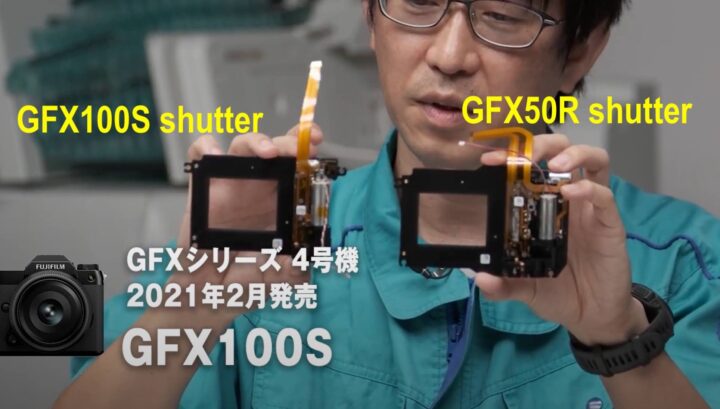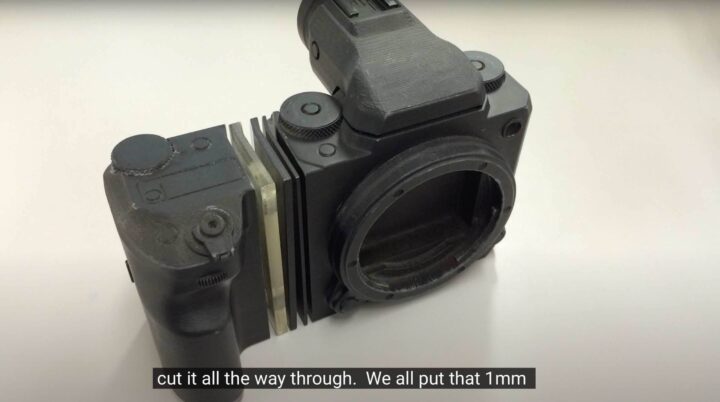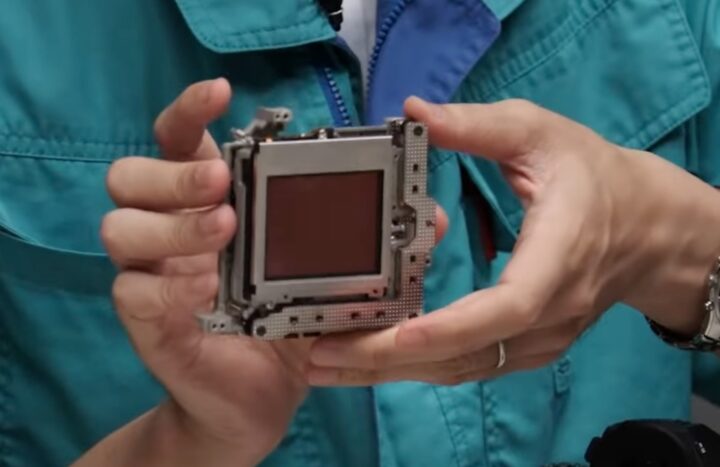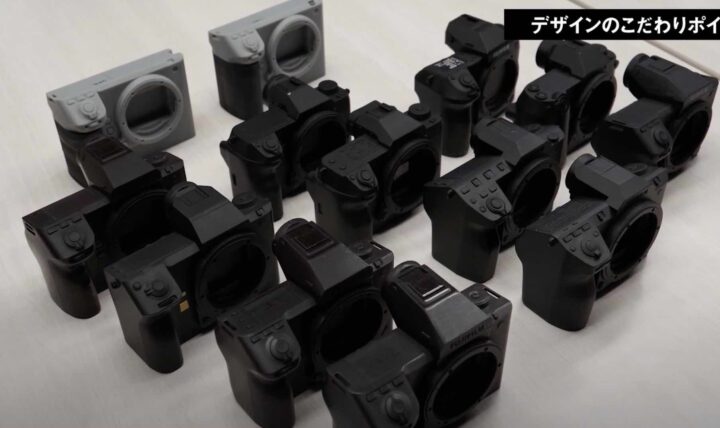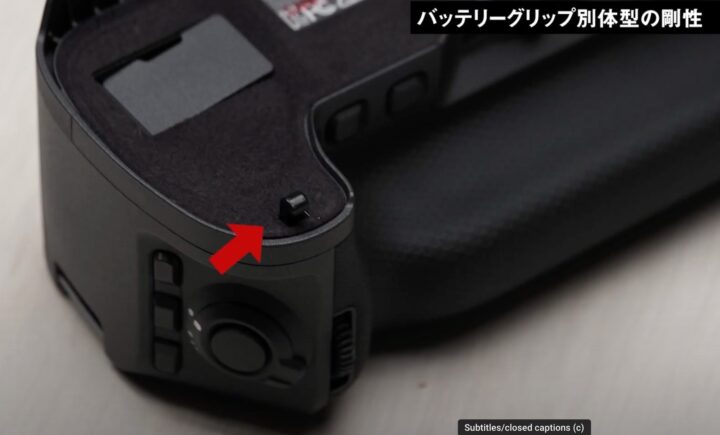Fujifilm GFX100 II X Lab Development Story
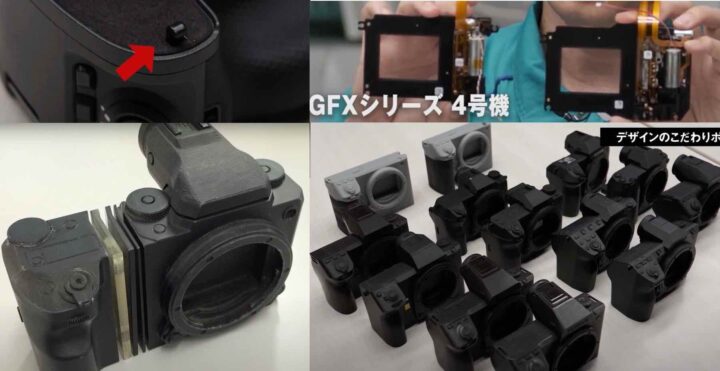
Fujifilm has shared their Fujifilm GFX100 II centric X Lab episodes.
All Japanese. Google struggles to translate. It’s a pain…
A pain you don’t have to go through. It’s enough if I went through it and summed it up for you.
X Lab Episode 40
- after using the GFX100S (small and lightweight compared to the original GFX100), the developers knew they wanted also the new flagship GFX100II to be smaller and lighter
- usually flagship cameras have an integrated battery grip. Fujifilm wanted to make sure that it does not “lose its dignity” as flagship camera even if it has no integrated battery grip
- the original GFX100 being bigger also gave more design freedom
- Fujfiilm designed the optional grip in a way that, when attached, it sticks very rigidly to the body (it has a little hook on the border of the grip that snaps into the camera body for solid integration)
- main target are professionals
- when designing, 3 Fujifilm designer held a design competition to develop and 3D print several concepts
- they also interviewed photographers to ask about the various concepts
- 11 degree tilted top plate
- Bishamon-Tex texture with tradition Japanese pattern inspired by Bishamon tortoise shell
- people in the factory initially had problems to apply the new Bishamon texture to the camera
- coating that does not scratch
- larger top screen that displays differently if you are in video or stills. Especially the video display has been significantly revised
X Lab Episode 41
- 9.44mDot and 1.0x magnification EVF
- designed in a way that even if you move the eye away from viewfinder, the image will not get distorted. That’s not mentioned in the specs, but is something engineers have put lots of effort into creating
- if for users the EVF is too big, you can make the EVF image smaller in the settings. Might be useful for example for people who wear glasses
- initially they designed the GFX100II with fixed EVF to keep it more compact, but they listened to people and realized it was quite loved by photographers to have the tilt EVF option
- full size HDMI and Ethernet port
- Ethernet port has quite an impact on the internal design of the GFX100II. It would be complicated to implement it on the X-H cameras.
- The IBIS Unit had to be redesigned in order to fit in the Ethernet port
- they struggled until the end to decide where to put the headphone jack, at the end due to space constraints they decided to put it on the grip side
- grip is designed slightly more inwards towards the top
- they needed to redesign the tilt mechanism of the screen to make it compatible with the cooling fan
- created as a piece of equipment to be used by professionals
- refinements on the buttons, the mode dial etc.
- better placement of the MCS focus switch (easier to reach and operate with thumb and also with gloves)
X Lab Episode 42
- First Fujifilm GFX50S was a mid-range machine and it took long to arrive to that shape (admin note: remember the protruding back)
- they decided for medium format sensor (admin note: the true story on how they decided to go medium format instead of full frame can be read here)
- medium format cameras up until then were very expensive and for business use
- Fujifilm wanted to create a camera that can be used also by the general public
- biggest factor was size and weight of GFX50S
- Fujifilm wanted to make it as small as a full frame DSLR
- the most important thing about designing the GFX50S was how to make it easy to hold in the hands, so they spent a lot of time talking about the grip
- they argued also on how wide it should be to assure enough space between grip and a large lens, so that you can still handle it nicely without a large lens getting in the ways of your fingers
- so they cut the side of the GFX50S and inserted several thin plates to make it larger and saw how much wider it had to be (see image here)
- GFX100 there were a lot of challenges to overcome
- First GFX with IBIS (and X-H1 was first X series with IBIS)
- integrated battery grip allowed to put batteries on the bottom
- once the GFX100 was done, Fujifilm thought they needed a way to make it smaller, and to make the shutter mechanism smaller (admin note: that takes a lot of space in the camera)
- they created the GFX100S
- smaller motors (see GFX100S shutter vs GFX50R shutter in this image)
- smaller shutter allowed it to keep IBIS, a smaller IBIS unit
- they also used a smaller and yet powerful battery, the NP-W235
- smaller shutter, smaller IBIS and smaller battery made the GFX100S possible
- GFX100II is undoubtedly a flagship model
- optional battery grip allows for 3 batteries total
- Fujifilm wanted to offer a great photographic experience
- 3 function buttons placed conveniently behind the shutter release button
- top LCD has evolved to match the needs of photographers: larger, more pixels, changed shape to match the UI and just overall improved ease of use
X Lab Episode 43
- they talk about the design of the grip again across various GFX models
- they talk about the amazing resolution starting from the original GFX50S
- initially models didn’t like it, because too much resolution, but then Fujifilm added the Skin Smooth Effect
Get Yours
- Fujifilm GFX100 II – New
BHphoto / Amazon / Adorama - GF 55mm f/1.7 R WR – New
BHphoto / Amazon / Adorama - GF 30mm f/5.6 Tilt Shift – New
BHphoto / Amazon / Adorama - GF 110mm f/5.6 Tilt Shift – New
BHphoto / Amazon / Adorama
Original Videos


